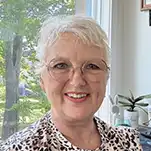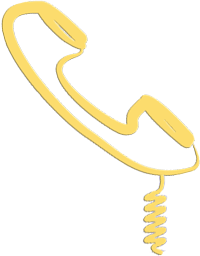Funded Addiction Treatment Programs
Canadian Health Care & Addiction Treatment
We live in a great country! Not only do we have amazing wilderness, but we also have world-renowned talent like Drake, The Barenaked Ladies, and Brian Gosling. There are The Who, William Shatner, Leonard Cohen, and many more from earlier generations. We have a great many things available to us through government-subsidized services. One of which is a universal health care system.
In 1984, the government established the Canada Health Act, which prohibited extra-billing and user fees for insured services—making our country’s health care available based on need rather than the ability to pay, which is great!
Accord on Health Care Renewal
In 2003, there was an agreement to the Accord on Health Care Renewal. It provided a structural change to the health care system to support access, quality and long-term sustainability. The Accord was aimed at areas such as accelerated primary health care renewal and information technology (e.g., electronic health records, telehealth)
According to the World Health Organization, “primary health care (PHC) addresses most of a person’s health needs throughout their lifetime. This includes physical, mental and social well-being.
A primary health care approach includes three components
- meeting people’s health needs throughout their lives;
- addressing the broader determinants of health through multisectoral policy and action; and
- empowering individuals, families and communities to take charge of their own health.”
1 888-488-8434
Get immediate
help for addiction.
Community Rehab Centres & Public Access Services
Unfortunately, one of the things you encounter when you contact a local community addiction treatment facility is a waitlist. This is more so in big cities offering services to vast surrounding areas. A waitlist screens out those not determined to quit and favours those who can wait. This condition is non-viable for many cases.
Government Programs Subsidies
Apart from the fact that the community pays for funded addiction treatment programs through taxes, it may appear that they are free without further research. Many centres will ask the person to apply for welfare, disability, or other government allocation. Additionally, a signup fee and a monthly cost are taken from the person’s revenue.
Most government centres have a 28-day program; some offer longer programs up to a year or two. Whether in private or funded facilities, addiction counsellors care for people and want them to be drug-free and function in society. Each has well-trained individuals, although some may be overworked due to a lack of funding and personnel.
Determination & Government Addiction Treatment Centres
A person needs to be determined to quit drug or alcohol abuse before entering a Canadian government program. Here is why. It starts with a counsellor assessing the degree of addiction and the “seriousness” of being drug-free.
Community services have stipulations such as first undergoing a detox, which lasts from 3 to 10 days. Once done, the addict must be the one who calls the facility every day to see if a bed is available. Meanwhile, the person must remain drug-free as facilities require a person to be sober for several days before admission. A medical health practitioner’s referral note may speed up admission in some places.
In most provinces, the waiting list can be anywhere between 3 to 12 weeks even months. A person needs great determination to see this all through to sobriety.

Choosing a Rehab Centre
When choosing a government addiction treatment program, it’s important to visit the facility before admission. You should be comfortable in the environment. Ask what the program’s curriculum is; you want to do a program suited to your beliefs and needs.
If the situation is such that you need an alternative to the public access system, contact our referral counsellor. We are there to help you find affordable options. There are many accessible and affordable private addiction treatment programs. Some are partly subsidized and, therefore, even less expensive.

Susan Chubbs
Drug & Alcohol Treatment Specialist,
Referral and Consultation Counsellor and Coach

